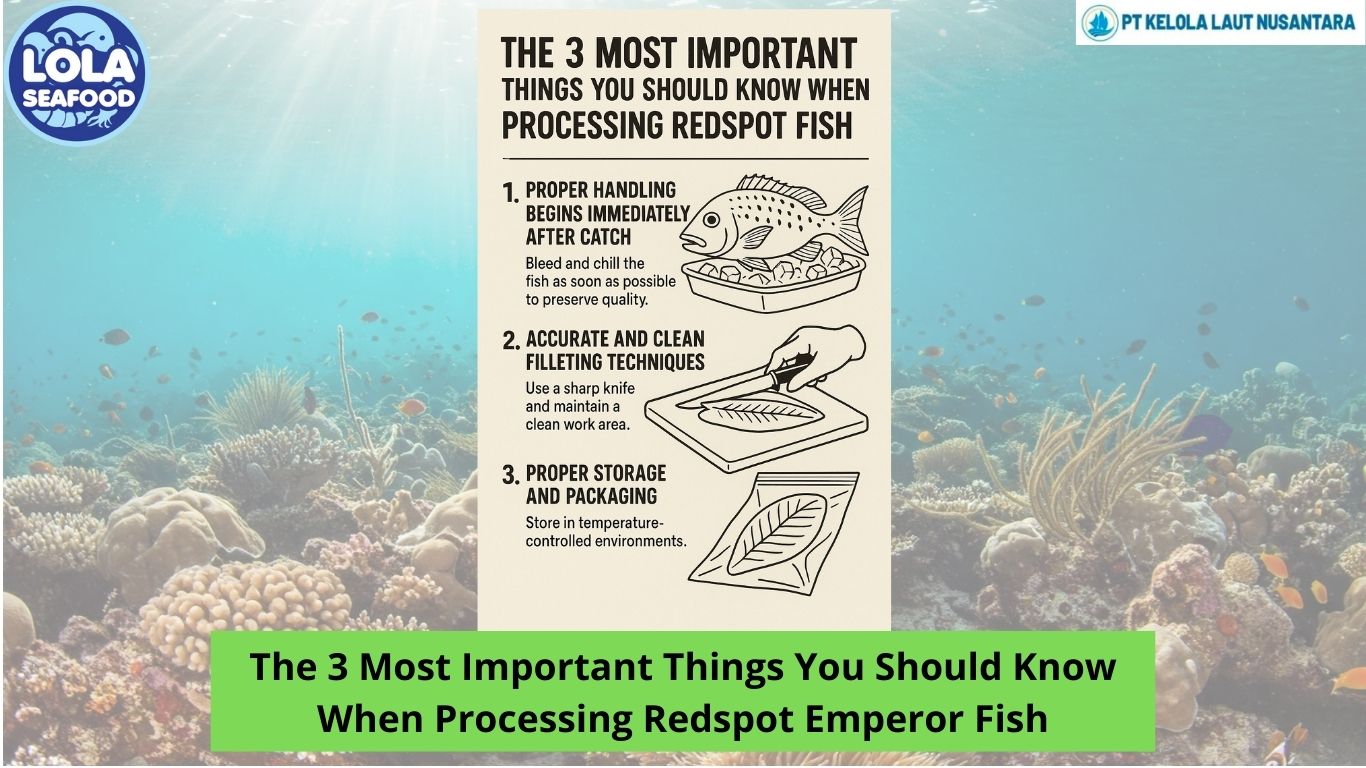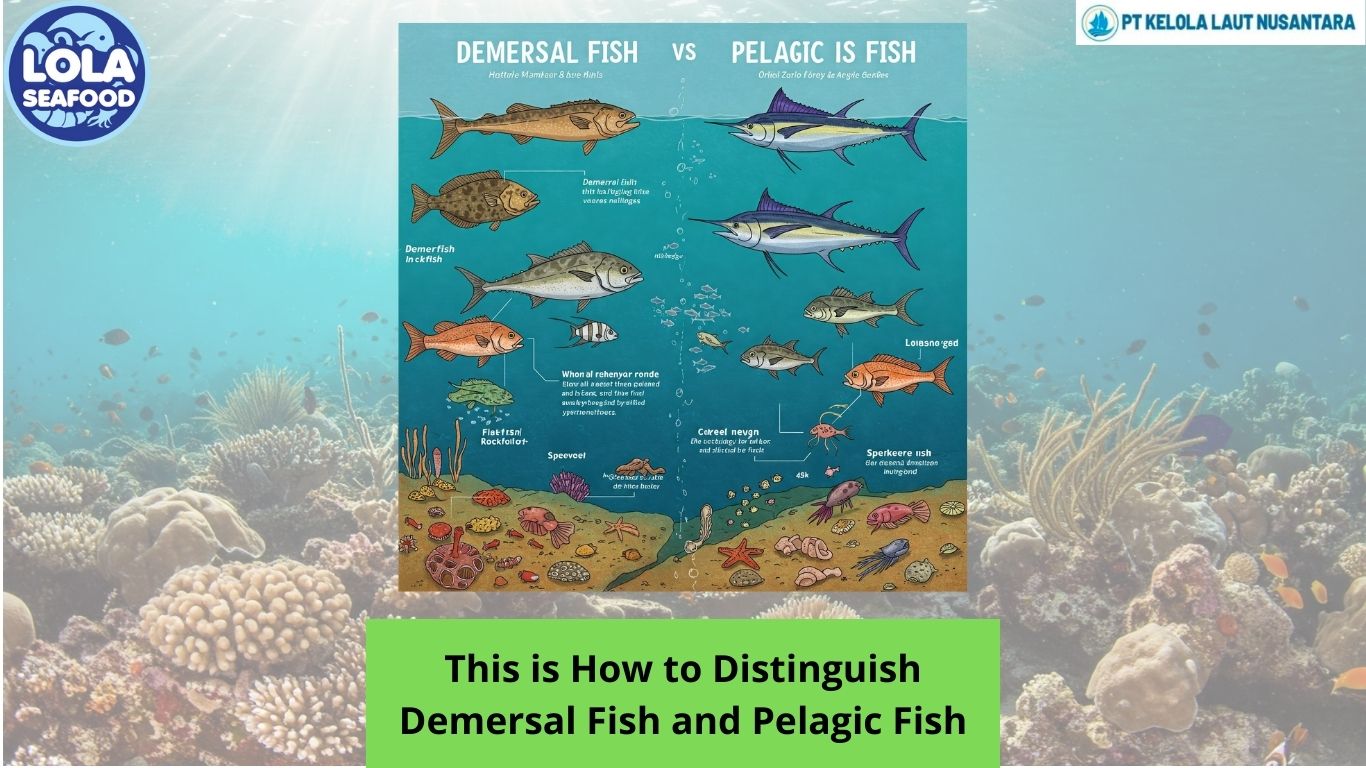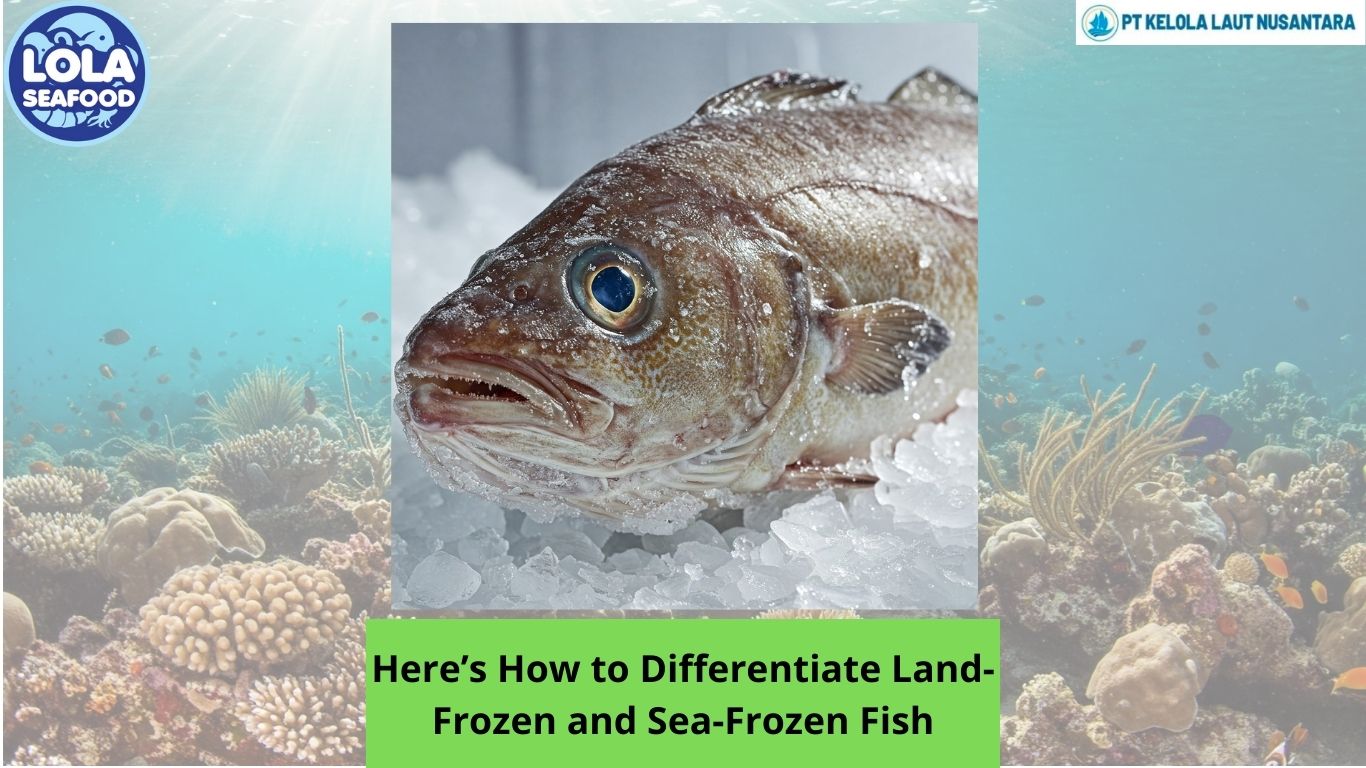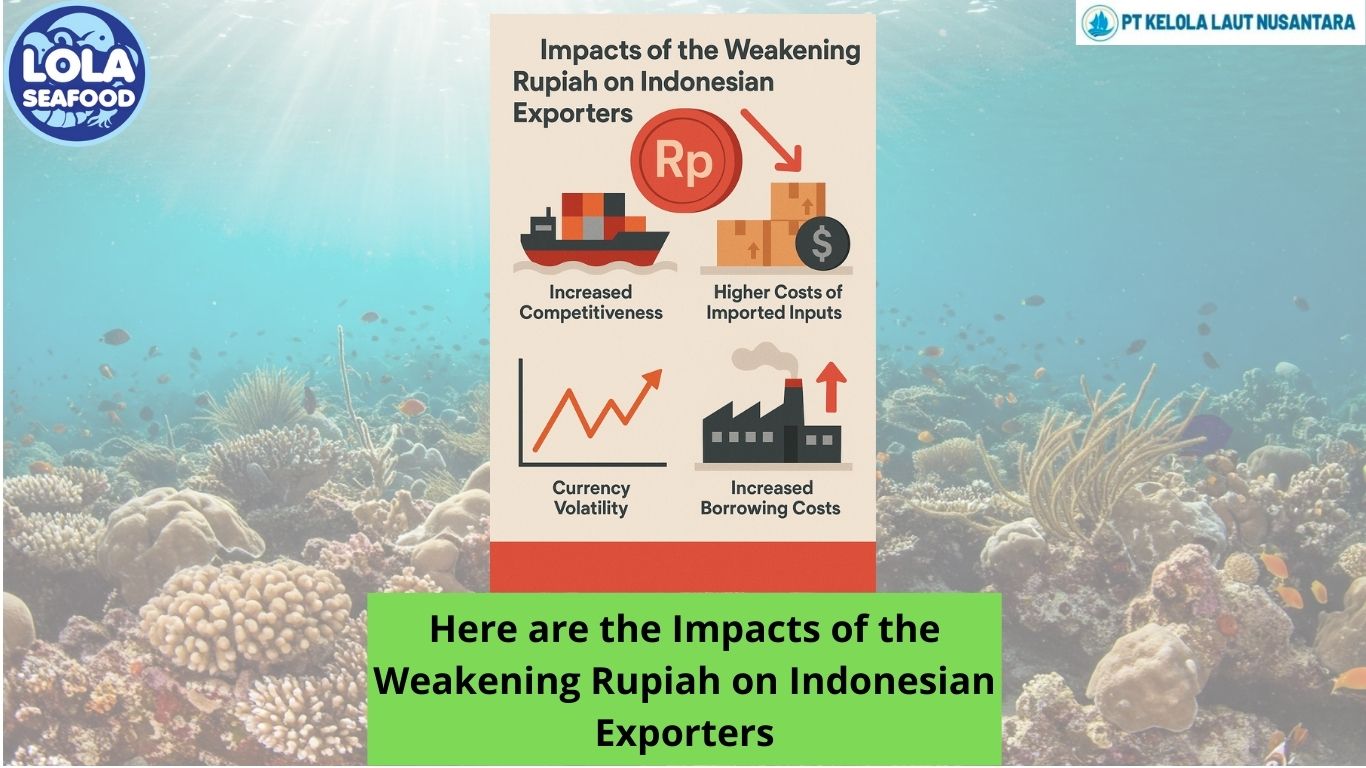How Is Fish Oil Made?
By. Najih - 09 Oct 2024.jpg)
Fish oil is a staple in many health-conscious individual's routines, but its journey from the ocean to the store shelf is intriguing. While many health trends come and go, fish oil pills remain consistently popular. The process of fish oil production from the oceans:
- Oily, cold-water fish are caught from the ocean.
- The oils are extracted from the fish using various methods, from boiling them down to applying chemical solvents like chloroform and methanol.
- The extracted oils are then shipped off to other places worldwide to be refined.
- The oils are refined via several chemical processes, including bleaching, degumming, deodorizing, and deacidification.
- The refined oils are then put into capsules, packaged, and shipped off again.
- The finished products make it to your local store to sit on shelves until bought.
Fish oil is oil derived from the tissues of oily fish. Fish oils contain the omega-3 fatty acids eicosapentaenoic acid (EPA) and docosahexaenoic (DHA), precursors of certain eicosanoids that are known to reduce inflammation in the body and improve hypertriglyceridemia. There has been a great deal of controversy in the 21st century about the role of fish oil in cardiovascular disease, with recent meta-analyses reaching different conclusions about its potential impact.
The fish used as sources do not actually produce omega−3 fatty acids. Instead, the fish accumulate the acids by consuming either microalgae or prey fish that have accumulated omega−3 fatty acids. Fatty predatory fish like sharks, swordfish, tilefish, and albacore tuna may be high in omega−3 fatty acids, but due to their position at the top of the food chain, these species may also accumulate toxic substances through biomagnification. For this reason, the United States Enviromental Protection Agency, recommends limiting consumption (especially for women of childbearing age) of certain (predatory) fish species (e.g., albacore tuna, shark, king mackerel, tilefish and swordfish) due to high levels of the toxic contaminant mercury.
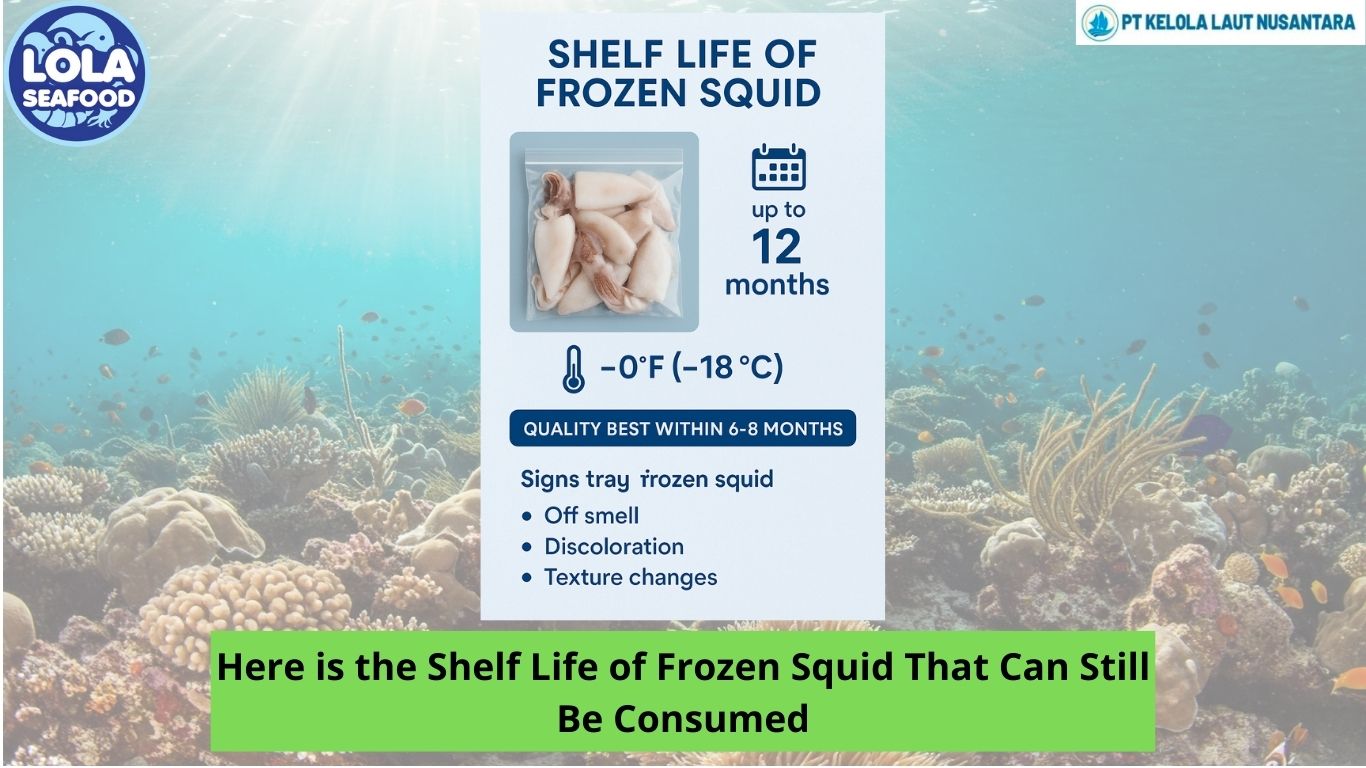
.jpg)
.jpg)
.jpg)
